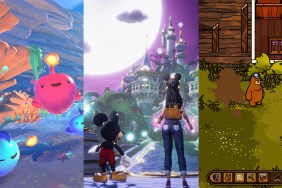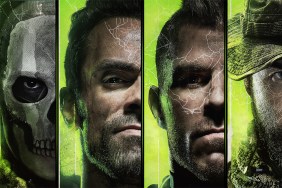The Two-Face of adventure games.
The first Kickstarter project I ever backed was the famous Double Fine Adventure. Back in February of 2012, I got caught up in the buzz and excitement swirling about the game industry enough to pay my way into the credits. The hilarity of it is that with all the cautionary tales and…
-
Beautiful oil pastel-like visuals
-
Charming soundtrack
-
Kooky, memorable characters
-
Fun, creative story with suspenseful twist in the first half…
-
…which loses steam and sense in the second half
-
Puzzles suffer quality dip in second half, too.
-
Pertinent questions go unanswered











